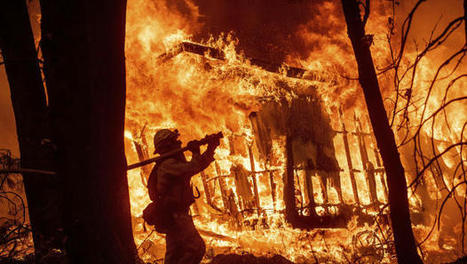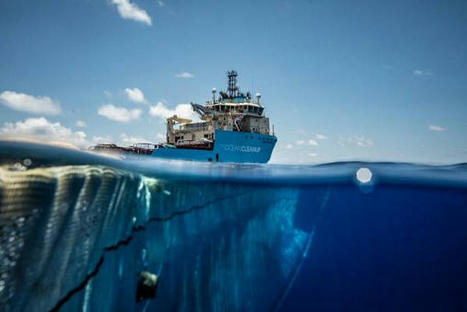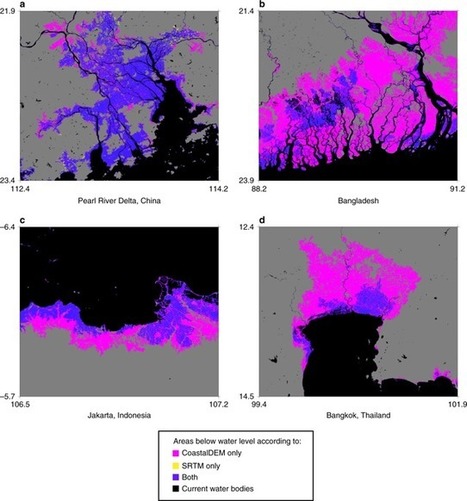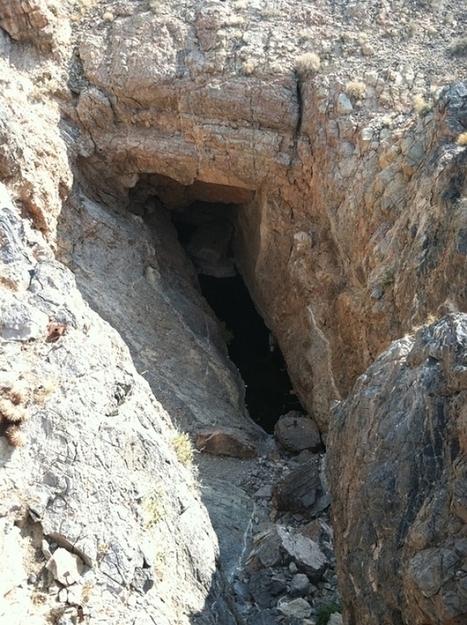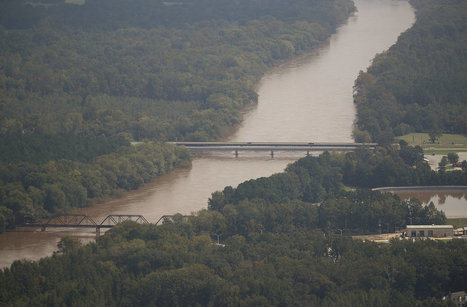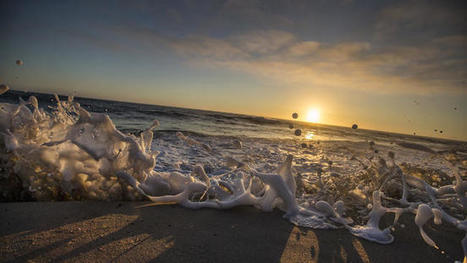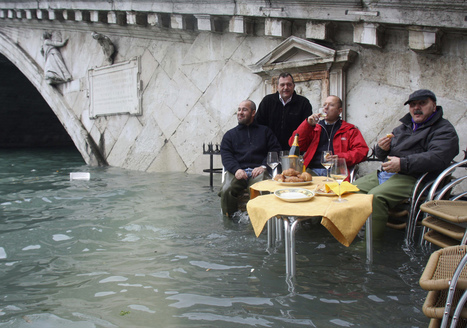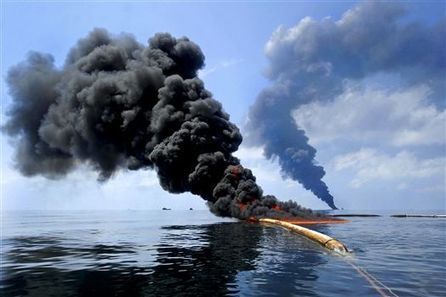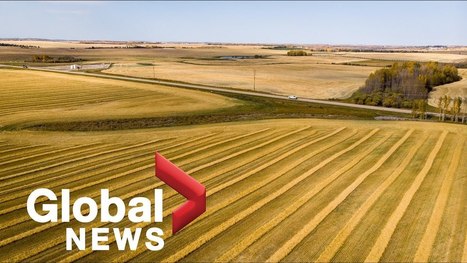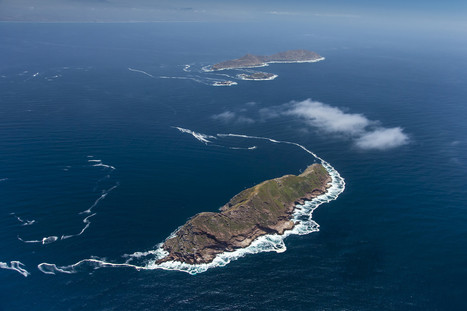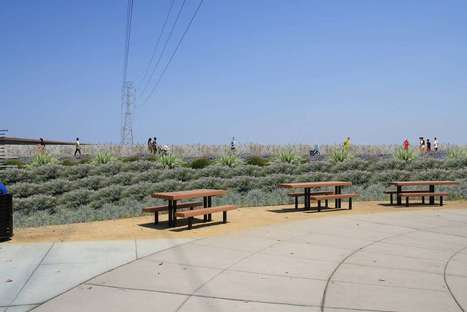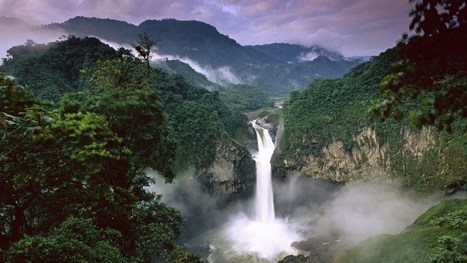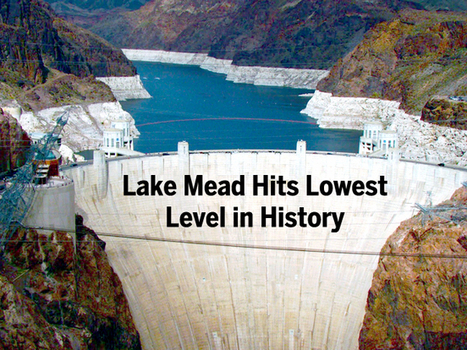In the not-too-distant future, disasters won't come one at a time. Instead, according to new research, we can expect a cascade of catastrophes, some gradual, others abrupt, all compounding as climate change takes a greater toll.
"Facing these climatic changes will be like getting into a fight with Mike Tyson, Schwarzenegger, Stallone, Jackie Chan — all at the same time." That is how Camillo Mora, the lead author of the study released Monday in the journal Nature Climate Change, describes the numerous impacts that are expected to hit us in the coming years. He adds, "I think we are way above our heads."
In total, the researchers identified 467 distinct ways in which society is already being impacted by increasing climate extremes, and then laid out how these threats are likely to compound on top of each other in the decades ahead. If something isn't done to dramatically reduce greenhouse gas emissions, they say that instead of dealing with a single major hazard at a time, people worldwide could be forced to cope with three to six at once.
To reach that conclusion, the team of 23 scientists reviewed more than 3,000 scientific peer-reviewed scientific papers. They examined the impact on human health, food supplies, water, the economy, infrastructure, and security from multiple factors including rising temperatures, drought, heat waves, wildfires, precipitation, floods, powerful storms, sea level rise and changes in land cover and ocean chemistry.
The University of Hawaii at Manoa, where several of the scientists are based, called the work "one of the most comprehensive assessments yet of how humanity is being impacted by the simultaneous occurrence of multiple climate hazards strengthened by increasing greenhouse gas emissions."
While most studies focus on one or two threats from climate change, this paper aggregates the impacts and shows how the threats are not isolated, but rather compound on top of each other. "If we only consider the most direct threats from climate change, for example heat waves or severe storms, we inevitably will be blindsided by even larger threats that, in combination, can have even broader societal impacts." says co-author Jonathan Patz, professor and director of the University of Wisconsin's Global Health Institute.
According to Mora, "The notion of these hazards happening simultaneously is not something far into the future, this is already here and can happen any time from now on."
Via Dr. Stefan Gruenwald



 Your new post is loading...
Your new post is loading...

